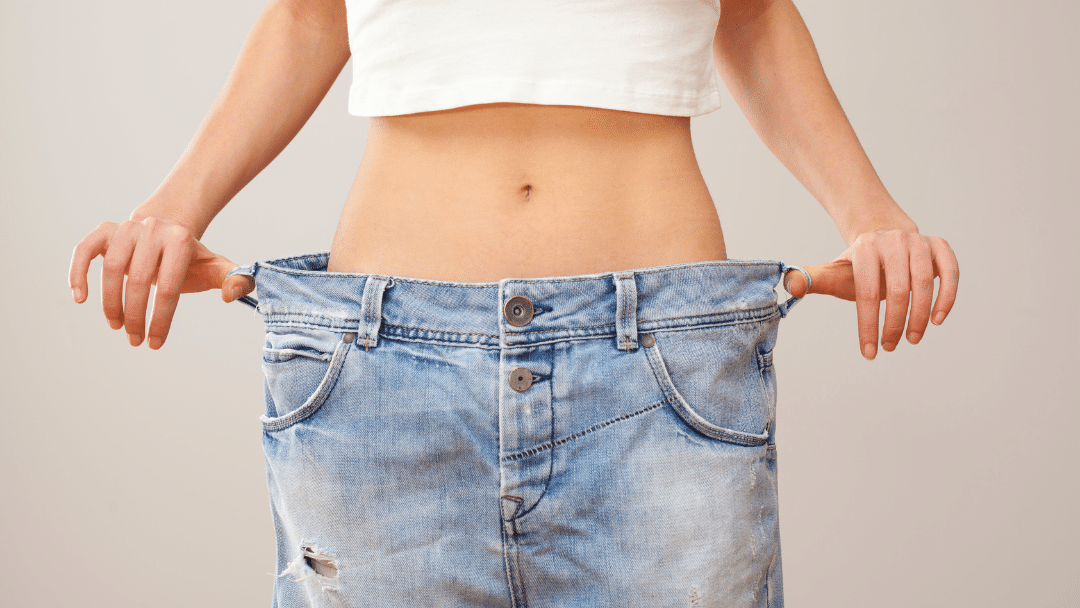Skin Cancer Prevention tools – What does the UV index mean?
What is UV radiation?
¹Ultraviolet radiation (UV) is a type of energy produced by the sun (and some artificial sources). The UV from the sun is the main cause of skin cancers. You can see and feel the warmth of the sun, but you need to be aware the UV rays are also reaching you.
The UV index – Know when to protect yourself
The UV index tells you the times of day you need to be most careful and sun smart according to the levels of UV radiation. The numbers represent the risk of unprotected sun exposure to the average person.
The UV INDEX and what you should do at each level³
0-2: Low
Low: Sun protection not required unless you are outside for extended periods or near reflective surfaces such as snow or water.
3-5: Moderate
Moderate: Cover up with sun protective clothing, wide brimmed hat, and sunglasses. Use at least 30+ sunscreen to any unprotected area. Seek shade.
6-7: High & 8-10: Very high
High & Very High: Cover up with sun protective clothing, wide brimmed hat, and sunglasses. Use at least 30+ sunscreen to any unprotected area. Seek shade and limit time in the sun from 10 am to 4 pm where possible. Your skin can burn quickly at this stage.
11 or higher (11+): Extreme
At the extreme stage, you should use all methods of prevention. It will only take minutes of exposure to result in a burn. Try not go out in the direct sun from 10 am to 4 pm. If necessary, wear protective clothing, a hat, sunglasses, and 30+ sunscreen.
How do you know the UV Level?
There are some great easy resources to find this information:
- Many weather sites such as the Bureau of Meteorology
- SunSmart’s free app
- Or click below:
Are you at risk of UV on a cloudy day?
You might think that cloudy days mean you can spend unlimited time in the sun, but this is not true. It’s important to know is that UV rays can get through even on a cloudy day.
UV radiation is accumulative
The accumulative effect ²contributes to the long-term risk of skin cancer. The more you are exposed the greater the risk, so even on a day where the UV is low, the UV exposure still accumulates.
UV Rays & reflection
- Remember that snow, sand, and water all increase UV exposure by reflecting the sun’s rays.
When should I see a Doctor about sun damage?
Routine self-checks of your skin are very important. If you notice a change in a spot or a new or unusual spot, you should make an appointment to see your doctor promptly. It is recommended that you have a professional practitioner check you skin annually.





















